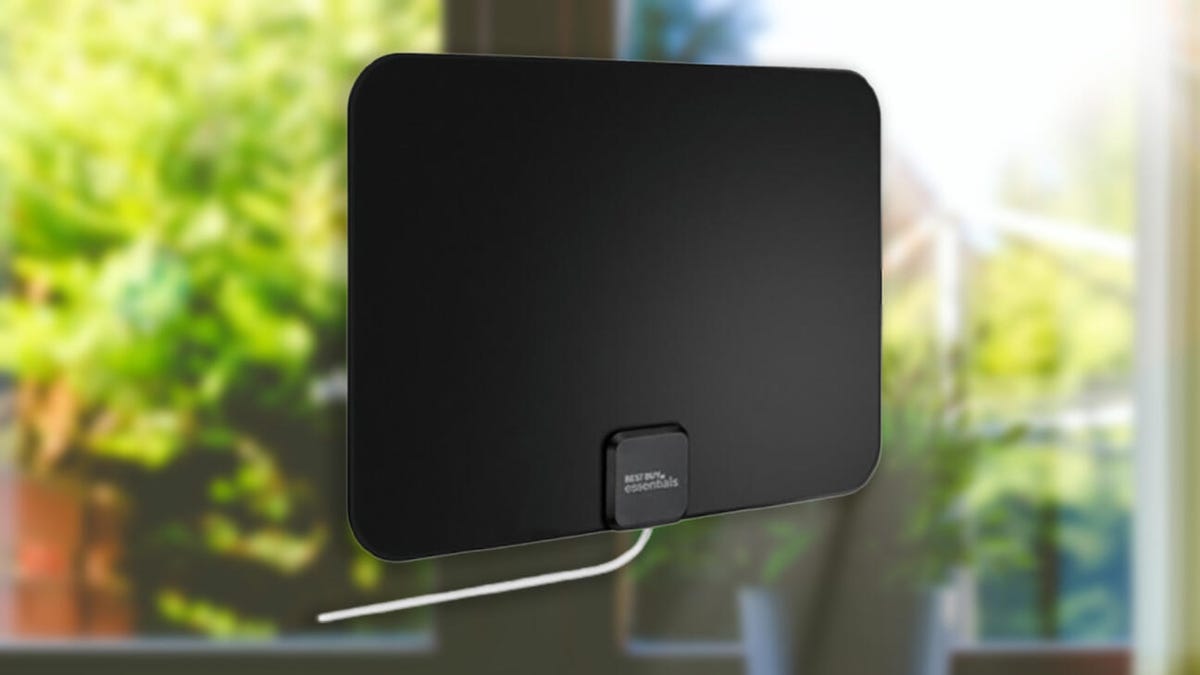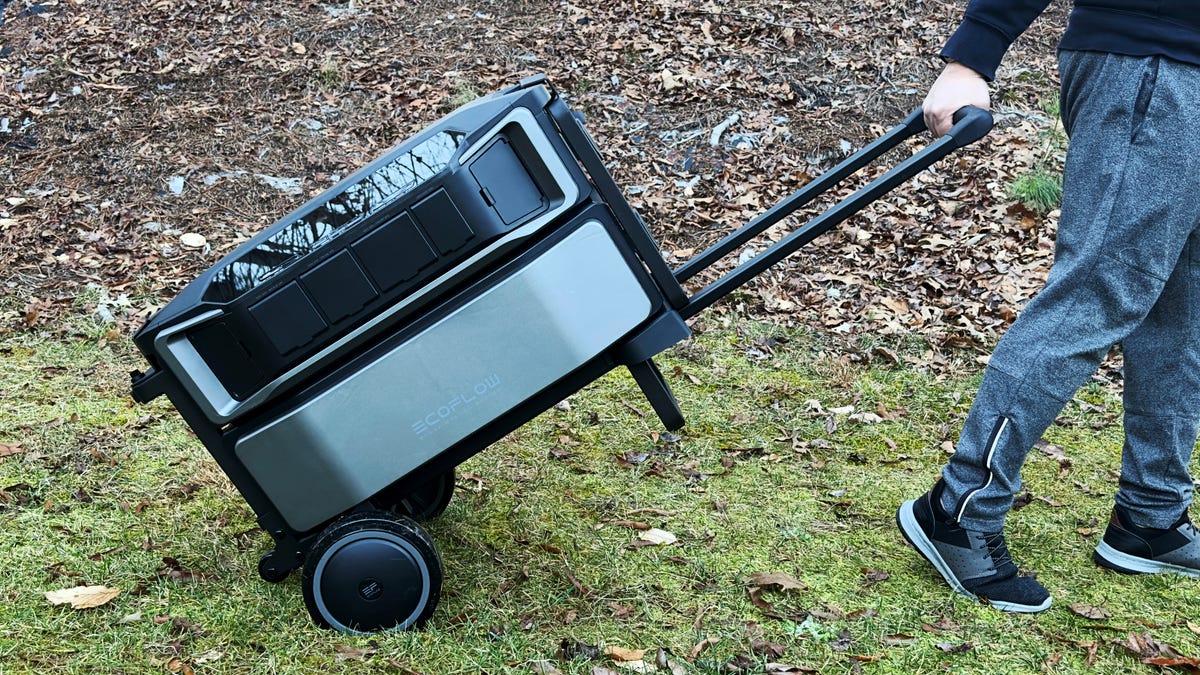BOOK THIS SPACE FOR AD
ARTICLE ADWhile scientists believed that asteroid Bennu had a smooth and plain surface, they were recently astonished to learn the true nature of its exterior. An analysis of the data gathered by NASA's OSIRIS-REx spacecraft revealed that Bennu's surface consists of loosely packed particles that resemble a pit filled with plastic balls.
The latest revelation was made after OSIRIS-REx collected samples from the asteroid in October 2020 and sent back close-up and detailed pictures of Bennu's surface to Earth. “What we saw was a huge wall of debris radiating out from the sample site. We were like, ‘Holy cow!'” said Dante Lauretta, principal investigator of OSIRIS-REx, based at the University of Arizona.
Scientists observed the surface covered with numerous pebbles while the spacecraft also witnessed an unusually gentle landing. A large crater measuring 8 metres wide was also noticed that had been formed due to the touchdown of the spacecraft. “Every time we tested the sample pickup procedure in the lab, we barely made a divot,” said Lauretta.
Puzzled by the strange property of Bennu's surface, the mission decided to send the spacecraft back to take more photos. Scientists looked at the volume of debris in before and after pictures while they also analysed the acceleration data during the spacecraft's landing. It was learned that OSIRIS-REx experienced very little resistance when it made the touch down. Ron Ballouz, an OSIRIS-REx scientist, shared that “by the time we fired our thrusters to leave the surface we were still plunging into the asteroid.”
The team of scientists carried out hundreds of simulations and used the acceleration data and images to interpret the density and cohesion of the asteroid. The findings were published in two papers in Science and Science Advances which were led by Dante Lauretta and member of the OSIRIS-REx science team Kevin Walsh, respectively.
The asteroid had surprised earlier too when OSIRIS-REx observed its surface to be filled with boulders rather than a sandy and smooth surface they had expected.
.png)
 2 years ago
106
2 years ago
106 














 Bengali (Bangladesh) ·
Bengali (Bangladesh) ·  English (United States) ·
English (United States) ·